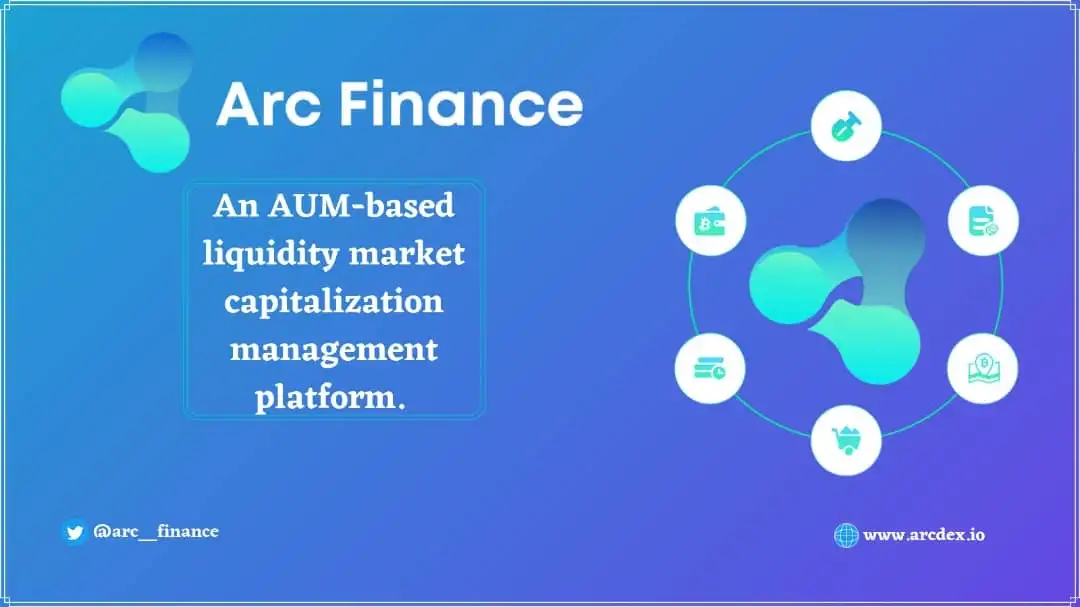Automatic unlocking mining is abbreviated as AUM. The algorithm adjusts the speed at which r-Tokens are unlocked automatically, allowing customers to earn larger APYs for the same cost.
The project Token that a user deposits with a service provider is converted into r-Tokens at a 1:1 ratio, which must be unlocked in order to become a freely circulating Token.
The AUM algorithm is a new, simple, and straightforward technique that unlocks and releases locked r-Tokens using the user’s transaction activity as a benchmark. The simple principle is that the more transactions you make, the more r-Tokens you unlock. However, the platform will award extra platform tokens during the transaction process to reward users for their great behavior on the platform.
The AUM mechanism requires the following four technologies as technological assistance in order to expand its application possibilities.
- Timelock Mechanism
A timelock is a sequence of instructions that is used to secure particular functionalities of a smart contract so that the feature can be realized over a certain timeframe. The function of transferring funds from the contract is normally locked by a timelock in the blockchain.
After a 48-hour wait, the TimeLock smart contract executes Master Chef's set Migrator and transfer Ownership methods, ensuring the protection of users' cash. - Heterogeneous Framework: A Multi-chain Network
Many distinct tokens, such as ETH, BSC, Flow, and SOL, are currently running on public chains. Liquidity interaction between such assets on various chains is tricky. To ensure this scalability and a diverse variety of integration, there is a multi-chain hybrid framework. The heterogeneous sharding function enables application scenarios that allow multi-chain, cross-chain, and asset interaction all at the same time. The heterogeneous sharding protocol seeks to tackle the bridging issue between several chains (e.g., public chains and chains for specific applications) inside the Arc Finance ecosystem, allowing for easy cross-chain trades.
Community verification is required for the implementation and regulation of heterogeneous sharding. Community node validation certification at Arc Finance is acquired by staking the platform token vs USDT token pair. Users submit ideas for listing, governance, and other concerns in the community node's on-chain boardrooms. All proposals will be approved by public vote in the end. The outcome of the public voting is decided by more than half of the voted tokens. - Tower BFT
The PoH-optimized variant of BFT is PBFT. BFT is a technique for dealing with malicious behaviour in distributed networks.
By mandating a universal time source known as proof of history (PoH), Tower BFT allows the network to reach consensus. This establishes a persistent connection for all network nodes.
In Arc Finance, which features heterogeneous multi-chains, Tower BFT can determine the proper functioning and profit distribution of community nodes, as well as the efficiency of network assessment. The "community node timetable" plan must be prepared ahead of time prior to actually allocating nodes so that the ledger state used to generate the schedule can be verified.
The "community node timetable" can be scheduled in the following manner:
- To seed a reliable pseudo-random technique, employ the PoH scale height (a monotonically growing counter) on a routine basis.
- However, at this point, pick a leadership account at random from all staking accounts, and have them vote within the cluster’s set amount of ticks. The active set is the name given to this group of individuals.
- Sort the active set in order of equity value.
- To produce equity valued sorting, use random seeds to select nodes that are ranked by equity.
- After the amount of ticks specified in the cluster, this filtering becomes effective. The community node plan offset is the name given to this period.
Because of this imbalance, any new data disclosed to the root fork will not become active until the next period, when a new community node is established and the first block that crosses the epoch boundary is generated. If the partition does not last more than one epoch, communication will not be stopped and will proceed as follows:

When voting, verifiers keep their root forks up to current at all times.The validator will modify its community node schedule each time the slot height crosses an epoch limit.
Tower BFT allows Arc Finance to use heterogeneous sharding to authenticate time sources without requiring permission and to work before achieving a consensus, dramatically improving the platform ecology’s scalability and liquidity.4. The Wormhole Protocol
The Wormhole protocol makes it easier for ETH holders to participate in the Arc Finance platform by allowing them to access the Ethereum ecosystem more efficiently and rapidly. It is a gateway that only connects Ethereum; It accepts ERC-20 and ETH tokens.
The AUM algorithm underpins Arc Finance's market operation. This strategy encourages users to actively participate in market activity while also offering a liquidity premium value to market funds that can be activated. As a result, projects with limited liquidity can trade more profitably, while those with high liquidity can trade successfully. This new structure encourages consumers to participate in active market behaviours while also providing market funds with liquidity premium value.





